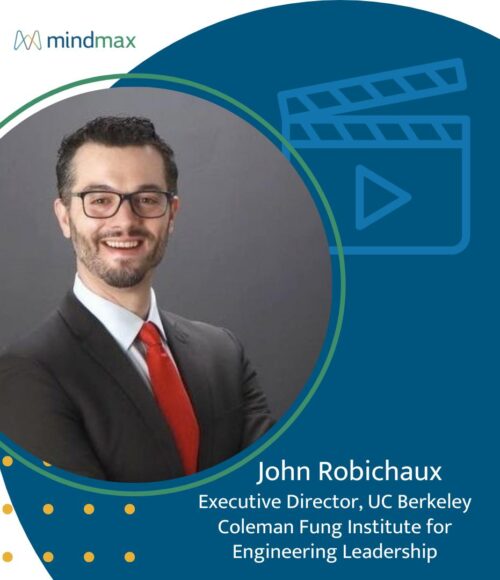4 Dimensions of Portfolio Rationalization in Higher Education

4 Dimensions of Portfolio Rationalization in Higher Education
In the busyness of modern life, one of the most challenging principles to practice effectively is good time management (i.e., prioritizing the things that really matter). There comes a point for all of us when we reach full capacity—when adding more to our days means first determining what we can subtract to make space.
Reckoning with this limitation isn’t easy. Those of us with good intentions and worthy ambitions are prone to trying to “do it all,” even if it means driving ourselves to burnout. But we never operate at our best once we reach that point.
These same principles apply not only to individuals but also to organizations and institutions, including those in higher ed. For mission-driven colleges and universities with noble visions of what they want to accomplish, the pressure to “do it all” often leads to bloat in their portfolio of offerings, which does a grave disservice to everyone in their sphere of influence.
The Consequences of a Bloated Portfolio
When colleges and universities succumb to portfolio bloat, the ripple effect can be insidious:
Students have a hard time finding a program that’s the right fit for them
Staff are stuck managing tremendous logistical complexity (e.g., scheduling, course offerings)
Instructors, who are often passionate about what they teach, end up with small classes of registered students and may begin to question their professional purpose and worth
The best way for colleges and universities to avoid bloated portfolios—and the associated consequences—is to regularly conduct a process MindMax calls portfolio rationalization.
4 Dimensions of Portfolio Rationalization
Before kicking off a large higher education marketing or enrollment management engagement with a college or university, we like to begin each new partnership with a shorter advisory engagement to create a strategically sound plan.
Portfolio rationalization is a vital component of these initial engagements. The goal is two-fold: helping schools prioritize their program offerings and helping us prioritize our effort and resources to make the most significant impact. We examine these four dimensions:
- The topline revenue generated by a program
- The program’s contributions to the institution’s funds
- The significance of the program’s subject and the people it serves to the mission of the school or unit
- The market opportunity of the specific type of program (e.g., growing vs. declining, highly competitive vs. non-competitive)
Reckoning with the Opportunity Costs of Different Programs
Acknowledging the “opportunity costs” of different business and life activities is no easy task. We’ve seen this process play out tragically in front of us over the last couple of years, as hospitals with overcrowded ICUs have had no choice but to ration their care. The principle is similar across many industries, including higher education—though how fortunate we are not to be dealing with life-or-death matters.
Perhaps a garden metaphor is a more positive approach to consider. The hallmark of a bountiful garden is that it’s well-pruned. Just as the act of pruning improves the resiliency of each plant, thinning a portfolio strengthens the health and reputation of a college or university. It creates space for schools to develop, design, and deliver new programs to fulfill the dynamic needs of students.
One of our university partners has an interesting solution to portfolio bloat: a one-in, one-out approach. Whenever staff wants to add a new program, they must explain which one they’ll drop off to create space for it. This year, I’m resolving to leverage this approach in my personal life so that I can open myself up more to what best serves me. How might your life improve if you did the same? How might the stability of your school?
If you need support with portfolio rationalization, MindMax is here to help with our higher education marketing and enrollment services. Reach out to learn more about an advisory engagement with our team.
Related Ideas
Jazz Jackson Wants to Help Every Student Finish What They Start

John Robichaux Wants Lifelong Learning to Drive Public Impact
